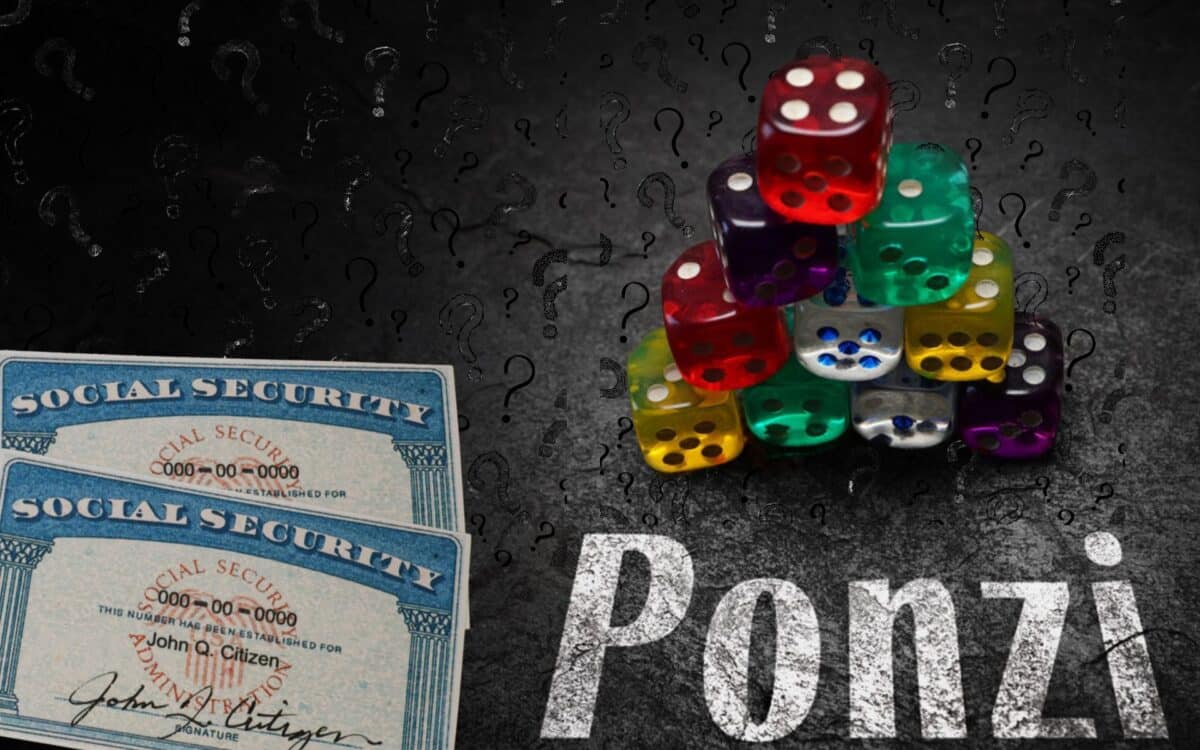Elon Musk’s recent comments on the Joe Rogan Experience have sparked significant debate. The tech billionaire boldly claimed that “Social Security is the biggest Ponzi scheme of all time,” a statement that has left many questioning the future of the program.
This assertion comes amidst Musk’s broader efforts through the Department of Government Efficiency (DOGE), which, as of April 18, has reportedly saved $155 billion by eliminating government waste.
His remarks suggest that more radical reforms could be on the horizon. But is Social Security truly a Ponzi scheme, or is the system more stable than Musk’s bold claims imply?
According to Go Banking Rates, Social Security faces its own set of challenges, though its differences from a Ponzi scheme are crucial to understanding the real issue at hand.
How Social Security Works
Social Security is designed to convert the wages of workers into income for retirees. When a 30-year-old worker contributes $4,000 into the system, that payment is used to fund benefits for current retirees, while the worker’s future benefits will be paid by the taxes of the next generation.
In theory, Social Security is based on the idea that each generation pays into the system and supports the previous one during retirement.
A Ponzi scheme is a form of investment fraud where returns to earlier investors are paid using the funds from new investors. These schemes rely on a continuous influx of new money to stay solvent.
However, when the flow of new money slows or stops, the scheme collapses because there is no real investment or profit behind it. The purpose of a Ponzi scheme is to benefit the organizers, often at the expense of those who join the scheme later.
How Social Security Differs from a Ponzi Scheme
While Social Security and a Ponzi scheme might seem similar at a surface level—both rely on money from new participants to pay those already receiving benefits—there are significant differences.
For one, Social Security provides realistic returns, whereas Ponzi schemes make unrealistic promises to attract more investors. The system also offers transparency, with regular updates from the Social Security Administration (SSA) about its financial health, something that is absent in a Ponzi scheme.
Moreover, the U.S. government has mechanisms to address fiscal shortfalls in the Social Security system. These include options like raising taxes or printing more money, although such measures could lead to higher inflation.
Unlike a Ponzi scheme, which has no way of correcting itself, the Social Security program has avenues for reform and adjustment, making it a more stable system in comparison.
Social Security Is Struggling
Despite these safeguards, Social Security faces significant challenges. The U.S. population has grown considerably since the program was introduced, but the number of workers paying into the system has not kept pace with the growing number of retirees.
As fertility rates have declined and life expectancy has increased, the government may face the need to increase taxes or implement inflationary policies. If action isn’t taken to address these trends, Social Security may experience fiscal instability, which Musk may be referring to when calling it a Ponzi scheme.
Many other countries, such as South Korea, China, the U.K., and Germany, have similar pension programs. However, these nations are also struggling with sustainability issues due to aging populations and declining fertility rates.
Just like the U.S., these countries are facing the reality that their pension systems may not be able to sustain future generations without major reforms.









